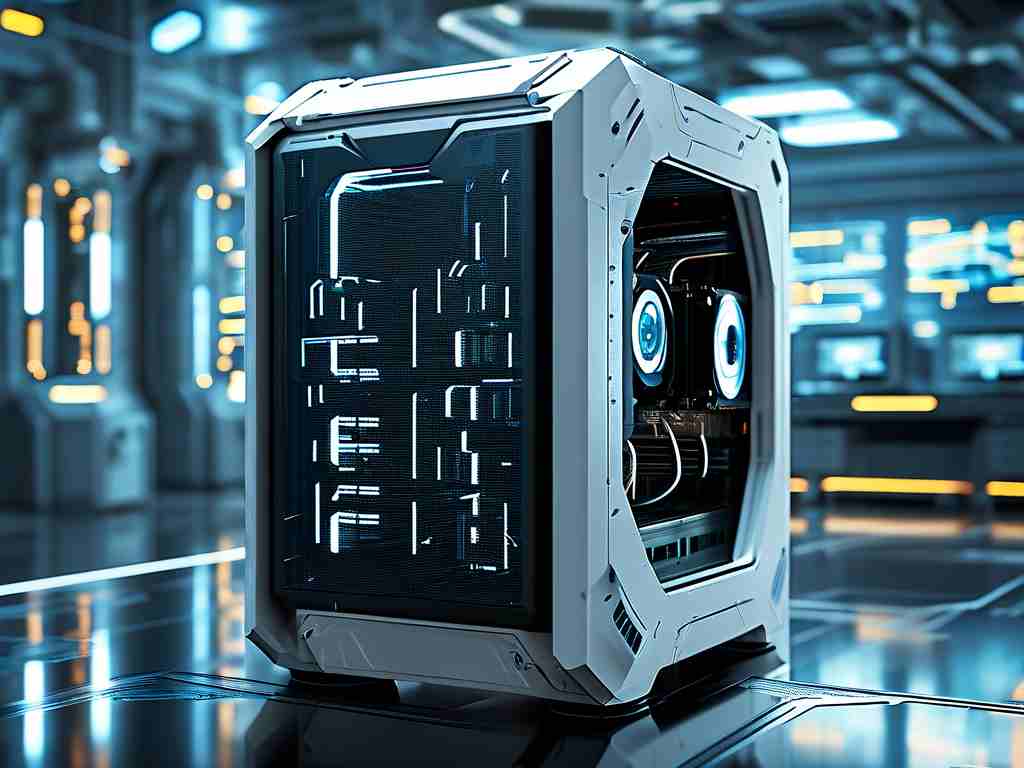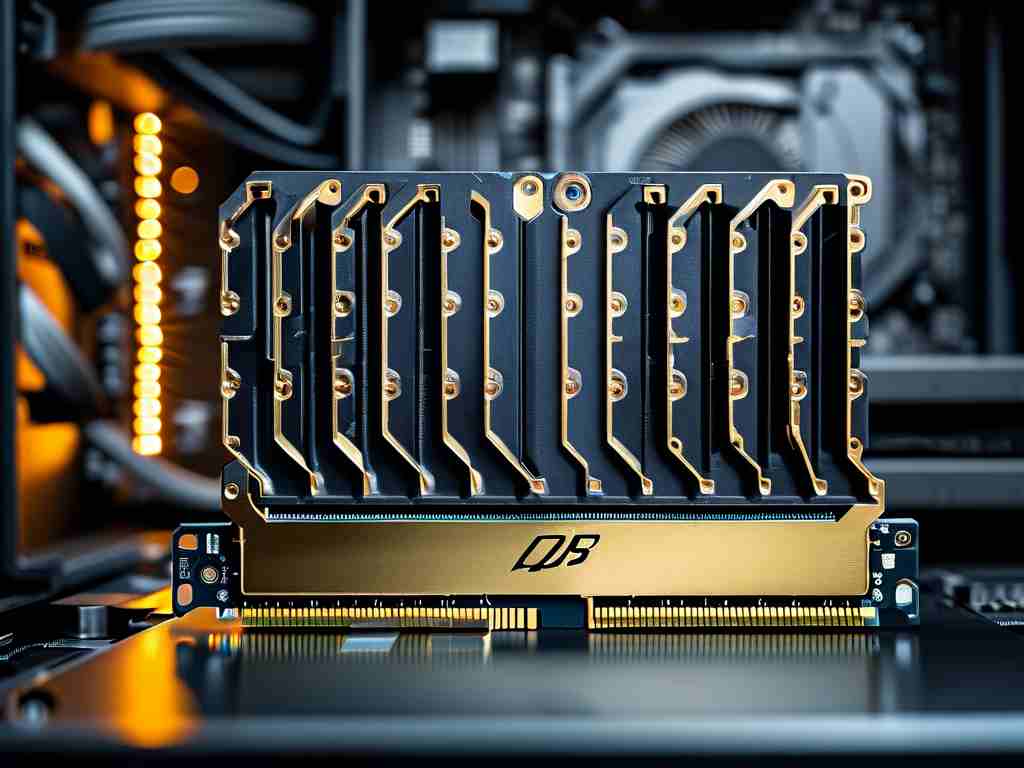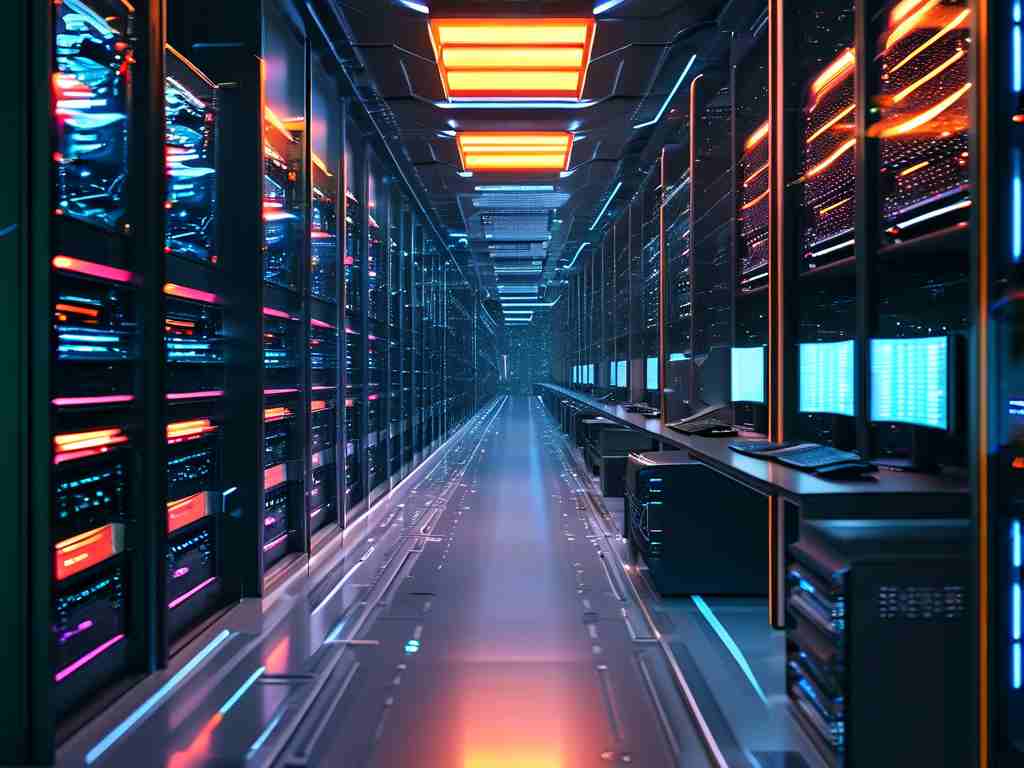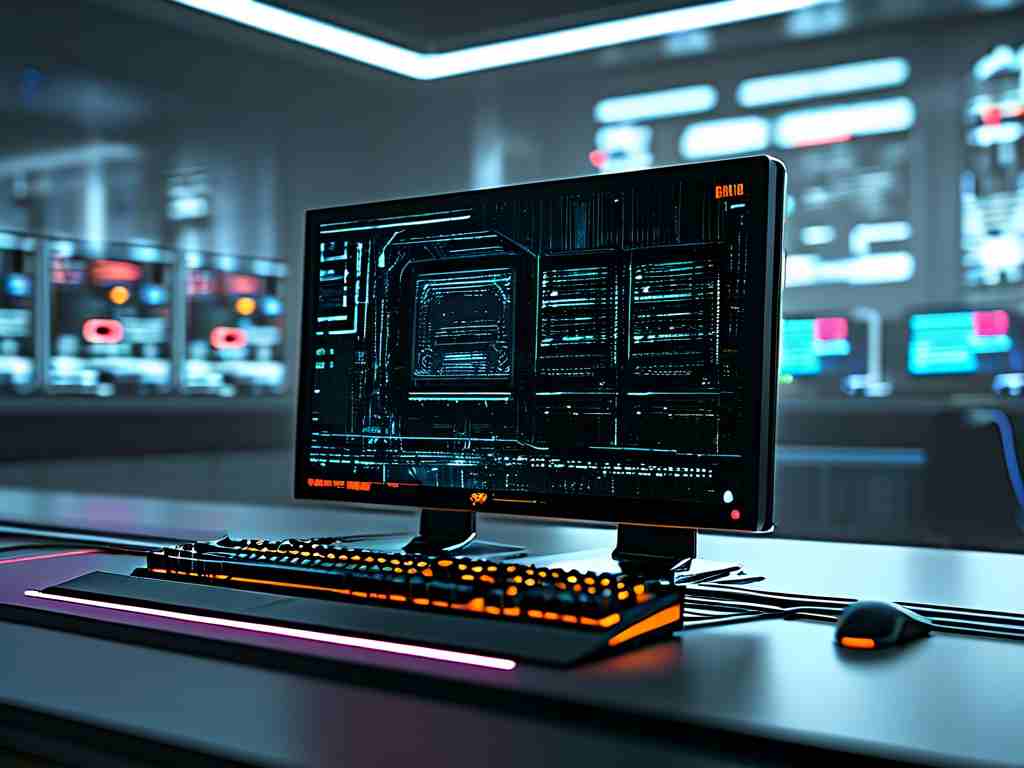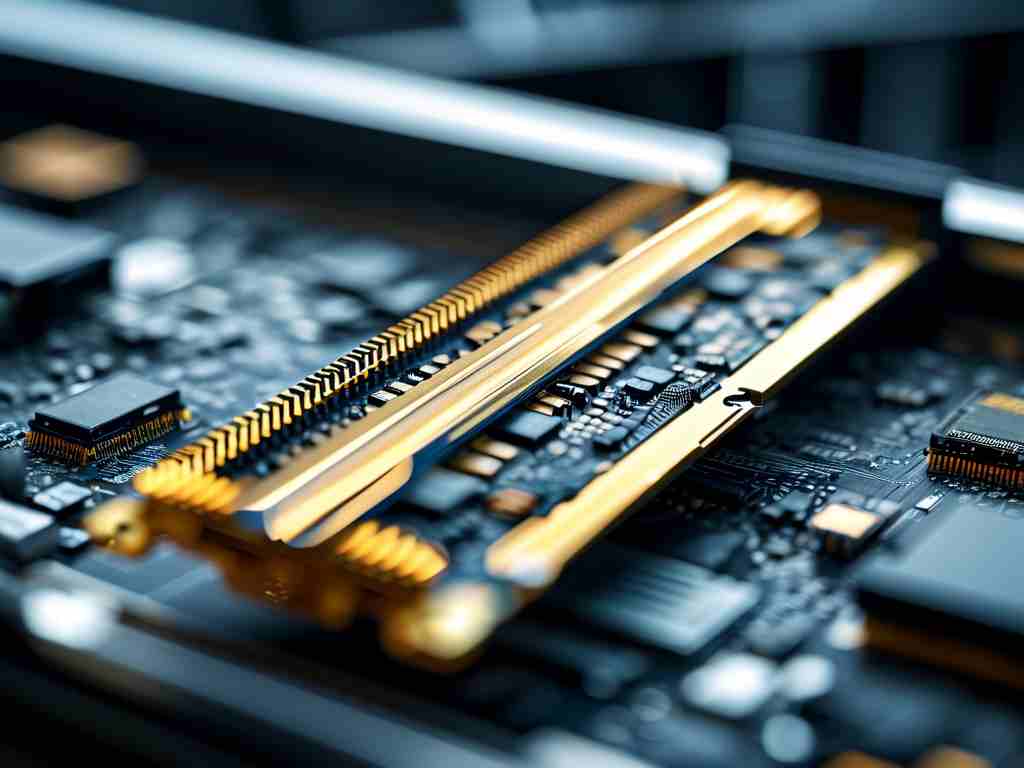The rapid advancement of computing technology has redefined how data is stored and accessed, with computer memory and solid-state drives (SSDs) playing pivotal roles. While traditional memory modules like RAM handle short-term data processing, SSDs have revolutionized long-term storage by eliminating mechanical components found in hard disk drives (HDDs). This article explores the synergy between memory technologies and SSDs, their impact on modern computing, and what the future holds.
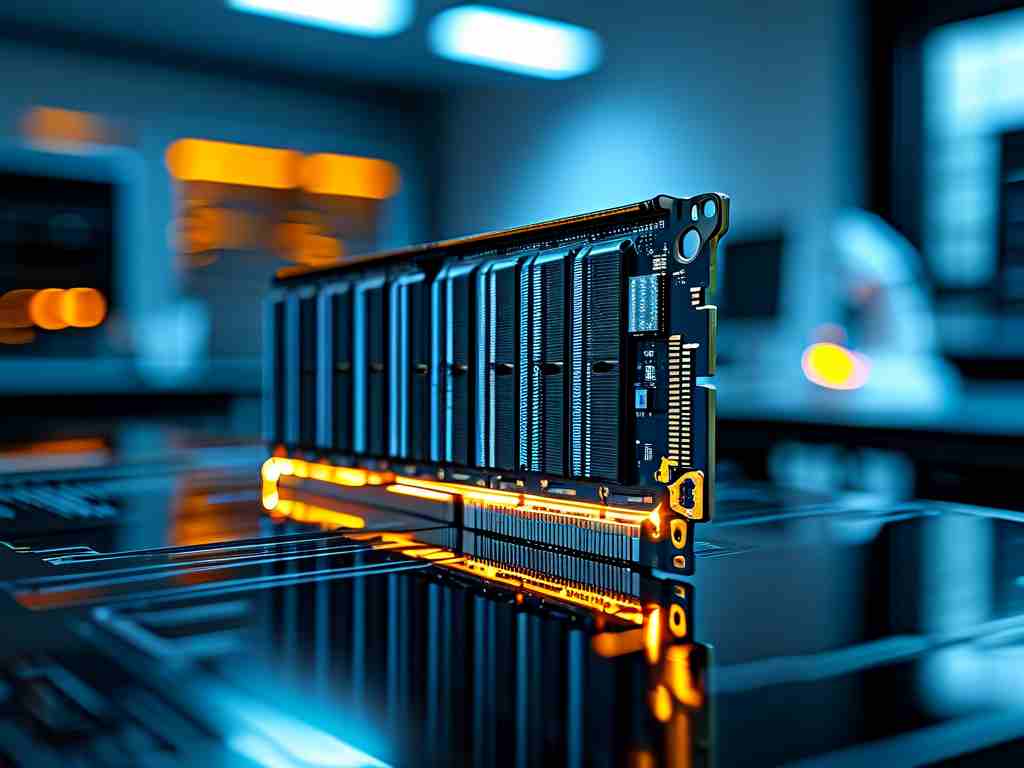
Understanding Computer Memory and SSDs
Computer memory, often referred to as RAM (Random Access Memory), is volatile and temporarily holds data for active processing. Its speed directly affects system performance, especially in multitasking or resource-intensive applications. In contrast, SSDs are non-volatile storage devices that retain data even when powered off. They use NAND flash memory chips to store information, enabling faster read/write speeds compared to HDDs. The absence of moving parts in SSDs reduces latency and improves durability, making them ideal for laptops, servers, and high-performance computing systems.
Technical Breakdown of SSDs
Modern SSDs rely on interconnected NAND flash cells organized into pages and blocks. Three key components define their efficiency:
- Controller: Acts as the brain, managing data distribution, error correction, and wear leveling. Advanced controllers use algorithms like TRIM to optimize performance.
- NAND Type: Variations include SLC (single-level cell), MLC (multi-level cell), TLC (triple-level cell), and QLC (quad-level cell), each balancing speed, cost, and endurance.
- Interface: SSDs leverage interfaces like SATA III, PCIe, and NVMe. NVMe-based SSDs, for instance, utilize PCIe lanes to achieve speeds exceeding 3,500 MB/s, dwarfing SATA III’s 600 MB/s limit.
Performance Comparison: SSDs vs. HDDs
A 2023 study by StorageReview highlighted that NVMe SSDs reduced system boot times by 70% compared to HDDs. In gaming, SSDs cut level-loading delays by up to 50%, enhancing user experience. Enterprises benefit too—cloud servers using SSDs handle 4x more concurrent requests than HDD-based systems. However, SSDs face challenges like write endurance, where QLC drives tolerate fewer write cycles than SLC variants. Technologies like over-provisioning and dynamic thermal throttling mitigate these issues.
The Role of Memory in SSD Optimization
RAM and SSDs often collaborate to boost performance. For example, Windows Superfetch uses unused RAM to cache frequently accessed SSD data, reducing load times. Similarly, Samsung’s RAPID mode employs RAM as a buffer for SSDs, accelerating sequential reads by 300%. Yet, this integration demands compatibility—a DDR4-3200 RAM module paired with a Gen4 NVMe SSD delivers smoother performance than older hardware configurations.
Future Trends and Innovations
The next wave of SSD innovation focuses on scalability and efficiency. 3D NAND technology stacks memory cells vertically, enabling higher densities without increasing chip size. Companies like Micron plan to release 232-layer NAND chips by 2024, promising 20% better power efficiency. Meanwhile, computational storage drives (CSDs) embed processors within SSDs to perform tasks like encryption locally, reducing CPU overhead. On the memory front, DDR5 RAM’s 4800 MT/s base speed complements SSD advancements, creating systems capable of handling AI workloads and real-time data analytics.
Challenges and Considerations
Despite their advantages, SSDs face hurdles. Data recovery remains complex due to wear leveling and encryption features. Additionally, price-per-gigabyte ratios, though improving, still favor HDDs for bulk storage. Users must also monitor SSD health metrics like TBW (terabytes written) to anticipate failures. Tools like CrystalDiskInfo provide real-time insights, while manufacturers like Crucial offer firmware updates to extend drive longevity.
The evolution of computer memory and SSDs underscores a shift toward speed, reliability, and energy efficiency. As DDR5 RAM and PCIe 5.0 SSDs become mainstream, their synergy will unlock new possibilities in computing—from seamless 8K video editing to instant-access databases. For consumers and enterprises alike, staying informed about these technologies ensures optimized investments in an increasingly data-driven world.





